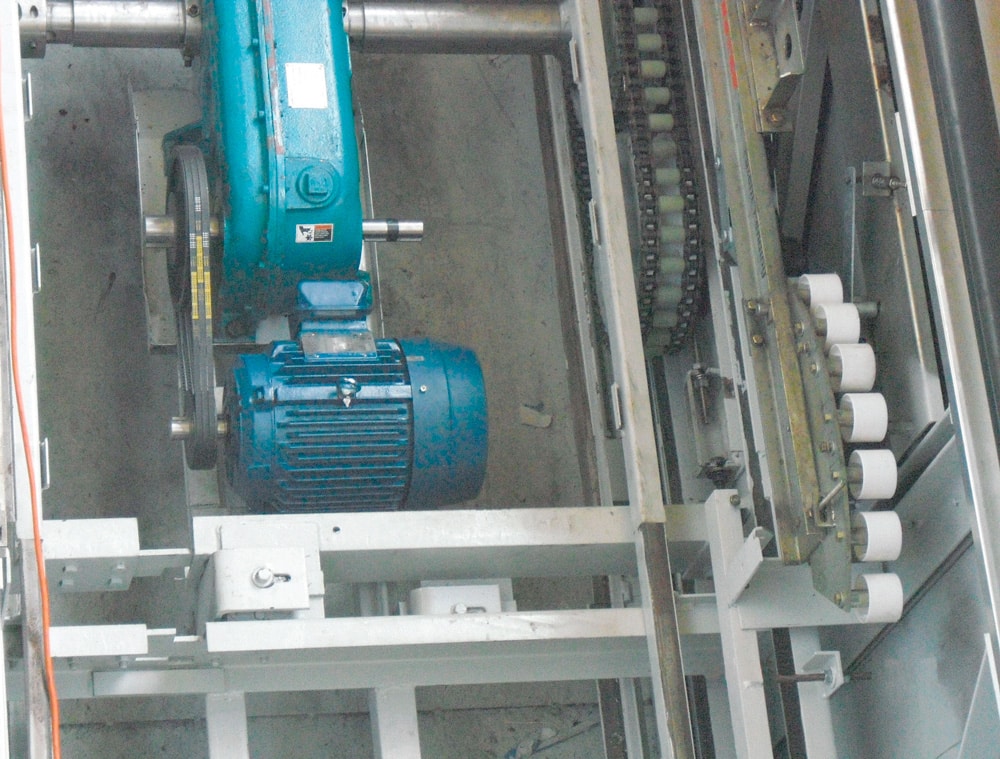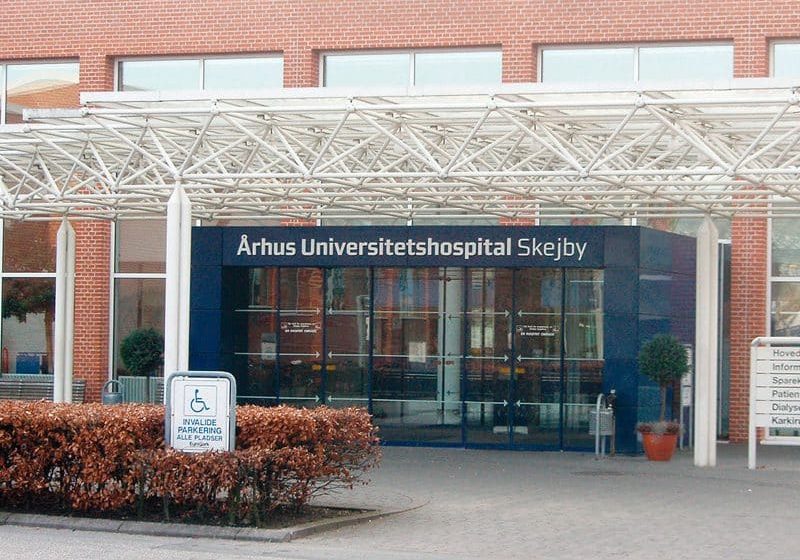Lerch Bates, Schindler and MARTA form “three-legged stool” to bring about positive change for a once troubled vertical-transportation system.
For years, the reputation of the vast vertical-transportation system within the Metropolitan Atlanta Rapid Transit Authority (MARTA) train system stank — literally. Individuals would frequently use elevators as urinals, making riding them akin to being trapped in a moving Port-o-LetSM. Add to that a notoriously high rate of out-of-service units — up to 25 in a system of 260 units — and the reputation of MARTA, was, in a word, bad.
Now, all that has changed thanks to teamwork among Lerch Bates, Inc., Schindler and MARTA that involved acknowledging and diagnosing problems, and determining solutions and implementing them. The process is not cheap — over 10 years, MARTA expects to spend approximately US$100 million in federal grant and local tax money, but MARTA’s Office of Vertical Transportation Director Tom Beebe describes the difference the investment is making as “priceless.”
Most of the system’s 149 escalators and 111 elevators were installed between 1979 and 1984, when MARTA began train service. They come from an array of OEMs — including Westinghouse, Orenstein & Koppel, Montgomery, Schindler, Otis, Dover and KONE. Every weekday Marta provides about 420,000 passenger trips, so odds are there will be some riders who abuse the equipment. MARTA’s problems went beyond people using elevators as restrooms, however. When Beebe, who was a Lerch Bates consultant for the system in 2011 until he was hired by MARTA in April 2012, first arrived, what he found was a largely broken workplace culture. He recalls:
“I reached out to internal and external sources as to what the perceived issues were, what data was available for analysis and what was needed to, first, stabilize the system, then, address the root causes. I heard many comments, such as, ‘No teamwork, no accountability, no trust and no reporting.’ One of the first actions taken was to develop a tool to track problem units. I built a database/spreadsheet allowing us to enter calls from each unit daily, receive a daily, weekly and monthly report, as well as generate a monthly executive summary with graphs to show MARTA executive management the state of the vertical-transportation system in real time.”
This made it easier to pinpoint problems, but Beebe felt strong field leadership from Schindler was also needed to ensure tasks actually got done correctly and in a timely manner. So he contacted Steve Watkins of Schindler, whom he describes as a “perfect fit,” despite there being grumbling about his being too much of a taskmaster. Beebe notes: “In reality, [Watkins] was never one to ever ask for anyone working for him to do anything outside of union guidelines, but he did expect an honest day’s work.”
The cooperation among Lerch Bates, MARTA and Schindler has led to a turnaround that Rich Krisak, then assistant general manager of MARTA’s Rail Operations, describes as a “three legged stool,” said Beebe. “Rich’s vision stuck with me and became the impetus for change,” Beebe says.
Each month over the past eight months, MARTA had achieved its goal of having 98.5% of equipment up and running, or, the equivalent of fewer than five units out at a time, MARTA reported in August.
When it came to the matter of preventing people from using elevators as toilets (escalators are less susceptible because they are not enclosed), Clint Bruner of Lerch Bates found the solution in England in the form of a company called LCL Inc., and its Urine Detection Device (UDD). Installed discreetly in elevators, it is outfitted with sensors that detect when someone is urinating on the floor or wall — in other words, warm, splashing liquid. A camera films what’s going on and an alarm goes off to alert authorities. In cases where Grandma might have spilled her coffee, Beebe says, “MARTA police and station agents will simply help her safely off the elevator, use a key to reset the system and call for station custodial staff to remove the liquid.”
Signs that mean business (in bright red ink, reminding passengers that public urination is a criminal offense in Georgia subjecting them to arrest) are posted throughout MARTA. The devices and warnings are already making a difference: A particularly heavily traveled elevator that had been used as a urinal “almost daily” has been subjected to just one incident in the past six months. As of August, six MARTA elevators had been outfitted with UDDs, with seven additional ones on the way. “We will eventually have all units in the train stations outfitted with these devices,” Beebe said. MARTA also reopened several restrooms that will, hopefully, help discourage the practice.
The UDD initiative was born of MARTA’s new General Manager/CEO Keith Parker’s “Ride with Respect” campaign. Beebe said as far as he knows, MARTA is the first entity in the U.S. to implement such devices. Beebe explains the thoroughness of the plan. It involved:
Pressure washing elevator pits and applying paint sealer to eliminate existing odors
Installing new ceilings with increased lighting (using long-lasting and energy-efficient LED technology)
Tying the UDDs into a siren and flashing strobe light to bring attention — in the form of MARTA police and station agents — to the elevators
Programming emergency phones to call MARTA police when a UDD is activated
Supplying janitorial staff with antibacterial cleaner to neutralize odors using enzymes
Gaining approval from the state of Georgia to leave elevators parked with the doors open at egress level to prohibit the previous “unobscured box” feel
While the UDDs themselves were relatively inexpensive, labor and engineering drove up the cost of the first unit to approximately US$25,000. MARTA has since brought that down to approximately US$15,000 per device. States Beebe:
“We had to pay for the first UDDs with euros, as LCL did not have a process for selling to the U.S. We also had to do a great deal of engineering for the UDD mounting strips, as they did not come mounted to anything, and interfacing them to activate the alarms, etc. However, in terms of value to our equipment and health and environmental concerns, they have proven priceless.”
Schindler wrapped up the first phase of MARTA’s modernization program this summer, consisting of a complete “truss-out” rebuild of 33 escalators. Beebe explains that entails replacement of drives, handrail systems, rack/chain and track systems. Sometime this fall, MARTA will issue a request for proposals to address the remaining 116 escalators and all 111 escalators (excluding two escalators that are almost brand new). The project is long term. Beebe expects it to last approximately 10 years. But it promises to position MARTA as a comfortable, clean, efficient transportation system for the next 25-30 years. Like the UDDs, the value of the overall project is, Beebe says, “immeasurable.” It is his hope that other cities’ transit systems will follow Atlanta’s example.
Get more of Elevator World. Sign up for our free e-newsletter.










